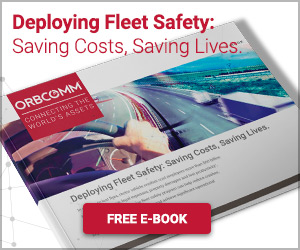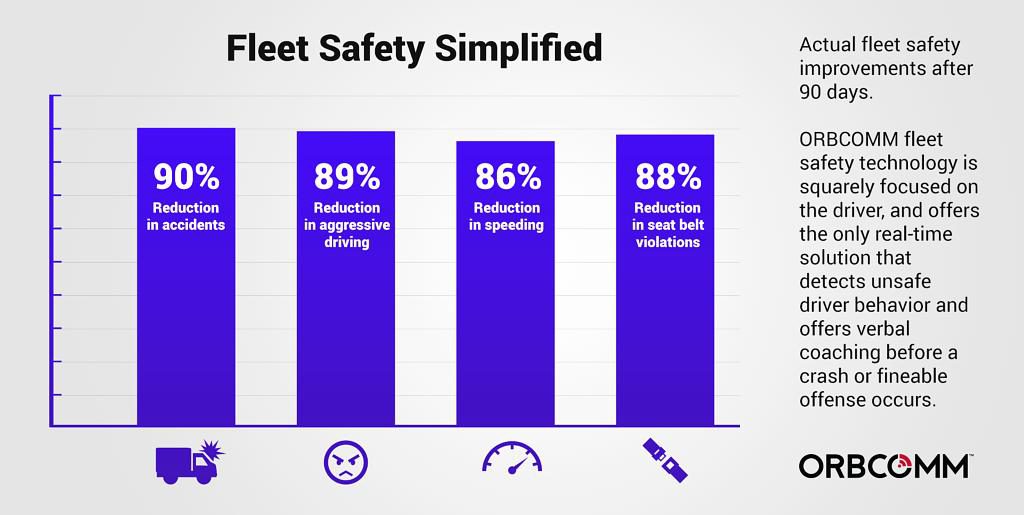
Oil and Gas Fleet Safety: Is It Time to Stop Simply Checking the Box?
- Blog
- Natural Resources
- Oil and Gas Fleet Safety: Is It Time to Stop Simply Checking the Box?
 Anyone who spends time in the oilfield will see that with the upswing in business comes an increase in fatalities. It looks like this year is on track to set new records in oilfield driving fatalities. Unfortunately, the statistics don’t lie.
Anyone who spends time in the oilfield will see that with the upswing in business comes an increase in fatalities. It looks like this year is on track to set new records in oilfield driving fatalities. Unfortunately, the statistics don’t lie.
Over the past year, oil and gas fleets have seen a dramatic increase in oilfield fatalities. If we focus on one particular area as an example, in the 22 Permian Area Counties (including two in New Mexico), there were 154 driving related deaths in 2017. In 2018 for the same region, the figure is already at 225. That’s a 46% increase at a time when the industry should be actively working to bring this number down.
While oil and gas employees would agree that oilfield driving comes with some risks, reports show that 90% of these crashes can be attributed to driver behavior. The time has come to ask the question: Is it time to stop simply checking the box?
Drivers on the Oilfield at Risk
According to OSHA, the Occupational Safety and Health Organization, 823 oil and gas extraction workers were killed on the job between 2003 and 2010. The fatality rate is seven times greater than the average rate for all US industries. Vehicle crashes are the leading cause of death in the oil and gas industry with four of every 10 workers killed in a highway vehicle accident, according to OSHA. The problem has escalated in recent times as fleets look to “tick” the compliance box for ELDs, without looking beyond that. As the focus narrows on the administration of compliance, are we forgetting about the practical safety issues day-to-day.
Fatigue is an ongoing challenge within the oil and gas fleet safety industry and it’s never been more important as the driver shortage continues. Oil and gas driving is known for its risks and challenges. Drivers may think they can go without the required rest and just plow ahead. This is where driver training is key. Regular driver training, coaching and mentoring reinforces best practices for oilfield driving and continues to perpetuate a culture of safety in the minds of drivers. The National Institute for Safety and Health (NIOSH) has also published its guidelines for oil and gas employers on preventing fatigued driving at work.
How Can we Address the Oil & Gas Fleet Safety Problem?
Fleets can work on these issues by addressing more than simply ticking the compliance box. A strong fleet safety program benefits fleets of all sizes, particularly in oil and gas. A written plan can help guide drivers to the best safe practices for their roles. Fostering a culture of safety can help organizations become proactive in their approach instead of waiting for disaster to strike.
Fleets can also leverage technology to offer in-vehicle training for drivers to ensure they are implementing best practices when operating a vehicle. Complete Energy Services, an ORBCOMM customer, worked hard to increase its safety practices through training. They have significantly increased their safety by reducing speeding events by 49% and increasing seat belt compliance by 59%.
“Knowing that the majority of our workday consists of being exposed to the highest risk documented in any US industry, motor vehicle travel, we have implemented a complex Safety Management System and training programs to give our team the best opportunity to achieve success,” explains Scott Mercer, Safety Director at Complete Energy. “One component of the SMS is the in-cab coaching. From classroom training to real-time coaching, these are two key components necessary for our team to achieve Target Zero.”
 How can ORBCOMM help?
How can ORBCOMM help?
By delivering real-time verbal alerts, ORBCOMM’s oil and gas fleet safety solution helps drivers be proactive with their safety in the field, without any infraction. They can learn best practices for oilfield driving to help them become safer and better drivers.
ORBCOMM’s solution automatically detects behavior that can compromise fleet safety, such as speeding, harsh accelerating and harsh braking. The driver receives a verbal alert to self-correct before things escalate. The results speak for themselves:
- 90% reduction in crashes
- 89% reduction in aggressive driving
- 86% reduction in speeding and increased safety rates across the entire fleet.
For more on oil and gas fleet safety, schedule a demo or chat with us online anytime.

















